Introduction:
For home decor purposes, wall paint is a must-have item. It keeps your home in good shape while also giving it a nice appearance. Painting your walls is an important task that should be completed on a regular basis. When it comes to choosing paints for your home, there’s a lot more to consider than just colour. Furthermore, several types of home paint can be utilized to create a variety of effects while also preserving your walls. There are so many different varieties of house paint that it can be difficult to know where to start when starting a new painting project.
Different types of paints:
1. Distemper Paint:
It’s a low-cost house paint that’s often used in Indian households to whitewash walls. It’s safe and simple to use, but it’s readily marked or discolored. Distemper paint is a type of water-based paint that comes in a variety of vibrant colours. Water, lime, colouring pigments, and chalk are the main ingredients in this sort of paint. It’s possible that it’s a higher mannequin with whitewash paint. Distemper paint can be utilized in both the inside and outside of houses or structures when sturdiness and lifespan are no longer required. The paints are also reasonably priced and readily available in paste and powder versions.
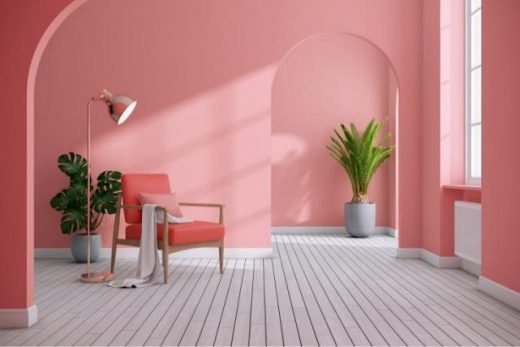
Fig 1: Distemper Paint
2. Emulsion Paint:
The term emulsion refers to a mixture of two liquids that do not totally mix together. Oil and water, for example, form an emulsion, and the layer of oil in the water can clearly be seen. Water is the principal vehicle/medium in which pigment, binders, and additives are applied and continue to be spread in most emulsion paints. Binders used in paints are polymers that form a continuous film. Epoxy, acrylic, resin, and alkyd resins are some of the binders used in paint formulation. Emulsion paints are flexible, dry quickly, and may be used on both interior and outside surfaces.
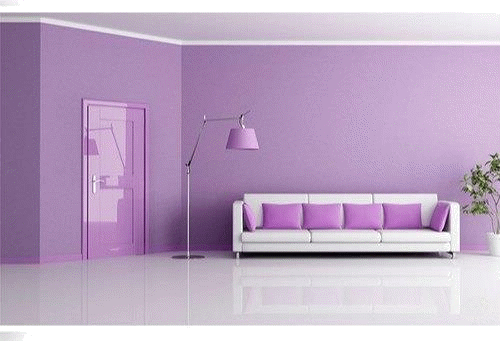
Fig 2: Emulion Paint
3. Enamel Paint:
The smooth fabric is delivered to oil-based paint to create the enamel paint. In addition, petroleum spirit, resinous compounds, zinc white, and white lead can be utilized in enamel paint manufacture. In many cases, the paint’s opaque, glossy, and durable finish can also be quite useful. Moreover, depending on the thinner used, the long-lasting paint may dry quickly or slowly.
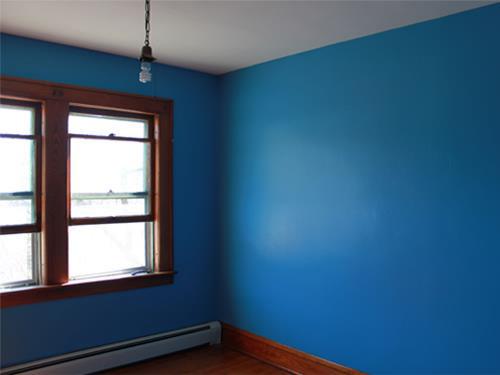
Fig 3: Enamel Paint
4. White Wash:
Whitewash is the most affordable paint colour. Powder, chalk, or slaked lime are mixed with water in an incorrect amount to make the paint substance. It’s commonly used to paint brick partitions and concrete walls, among other things. It’s also possible to use it to paint wood walls in some situations. It’s also blended with adhesive products like Fevicol to make it more colourful and long-lasting.
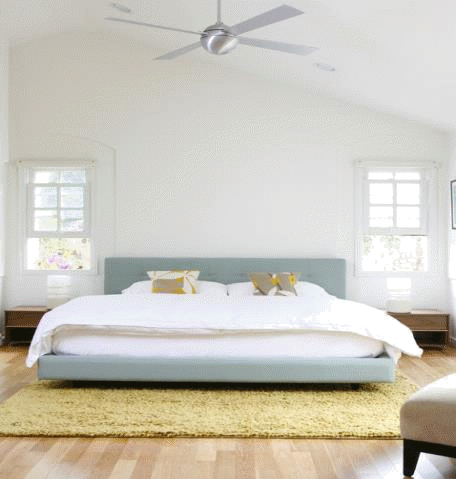
Fig 4: White Washing
5. Oil paints:
Oil varnish or oil interior, in which pigment particles are suspended, is the essential vehicle of oil paint. Nut oil, poppy oil, Tung oil, linseed oil, and other oils are possible additions to this list. Other chemicals, such as naphtha and methyl ethyl ketone, may be added to these oil paints.
Oil paints provide a variety of beneficial qualities. They’re stain-resistant, big, long-lasting, smooth, and glossy on top. Oil paints have the disadvantage of emitting excellent fumes that are poisonous and hazardous to human health. Because the paint is less flexible, it is inappropriate for external painting.
6. Cement-based Paint:
Cement, as the most important component of paint, may provide maximum sturdiness and hardness. These paints are a better choice for both interior and exterior walls. Cement paint no longer necessitates the use of natural beeswax or oil. It can also be an excellent choice for an outside surface since it can prevent dirt collection and water penetration. Cement paint is a terrific option for any type of wall, whether it’s an exterior or interior wall, or a concrete wall structure.
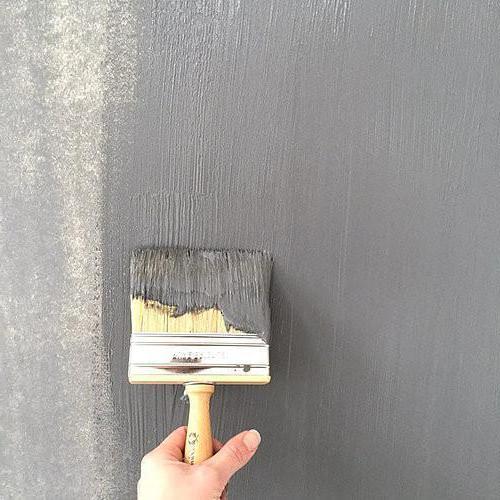
Fig 5 : Cement-Based Paint
7. Acrylic Paint:
Acrylic paint, which is also water-based paint, is the main binding ingredient in this paint. Acrylic paints include acrylic enamel, acrylic latex, and acrylic latex enamel, among others. The paint is more long-lasting. However, because the paint shines brighter, it can also reveal flaws.
8. Anti-Condensation Paint:
Anti-condensation paint is a good alternative if you want to reduce the amount of mildew and mildew in your home’s interiors. Even under humid conditions, these paints will not allow moisture to condense. Cork and various types of fillers may also be used in the paint, which has heat-insulating characteristics. Mold growth is known to be aided by moisture condensation. The use of paint in any location can also help to prevent the spread of fungi.
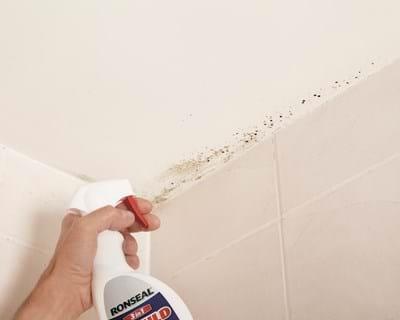
Fig 6: Anti-Condensation Paint
9. Lead Paints:
Lead paints are safe to use in the house, but they should not be used to paint wood. Lead paint is defined as paint with a lead oxide concentration of greater than 5%. The paint gives any floor a cleanable finish while still being durable and water/moisture resistant.
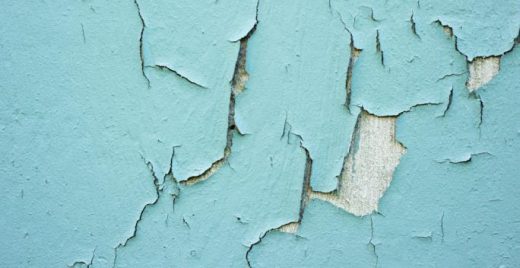
Fig 7: Lead Paint
10. Primer Paints:
Primer paints are typically used to seal, cover, and/or provide a stipple for final paint application. Primer isn’t really a sort of paint, although it is required. Primer is the first step in the makeup application process. It aids paint adhesion to the surface and guarantees that your colour is accurate. Use the same priming base as your chosen paint, whether it’s water-based or oil-based.
11. Latex Paints:
Even though there is no latex in the paint, the term “latex paint” refers to water-based paint. Both interior and exterior paints are available in latex formulations, which are water-based and clean off with water rather than dangerous chemicals. Latex paints are available in an infinite number of colour combinations when used with a certain paint base.
12. Specialty House Paints:
These are specially designed paints that can be utilized in specific settings for a specific task. Green Earth Friendly Zero V.O.C clay-based paints are another specialized paint. These paints have more vibrant hues and last decades rather than years. Specialty paints include everything from special stains to chalkboard paints to epoxy floor coverings. Specialty paints all have specific guidelines for adhesion and curing that must be followed.
References:
- https://www.livspace.com/in/magazine/indian-materials-101-types-of-house-paint-explained
- https://kraudeltpainting.com.au/different-types-of-house-paint-explained/
- https://www.homestratosphere.com/types-of-paint/
- https://www.masterclass.com/articles/different-types-of-wall-paint-and-finishes-what-to-consider-when-choosing-a-paint-finish
- https://www.paintingdenver.net/uncategorized/types-of-house-paints-needed-for-home/
If you have a query, you can ask a question here.


